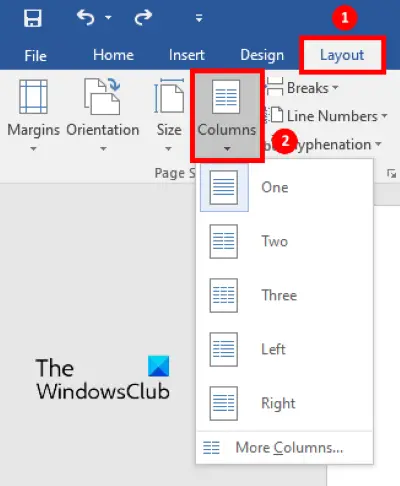


- HOW TO ADD ANOTHER PAGE IN WORD FOR NEWSLETTER FOR FREE
- HOW TO ADD ANOTHER PAGE IN WORD FOR NEWSLETTER HOW TO
- HOW TO ADD ANOTHER PAGE IN WORD FOR NEWSLETTER INSTALL
- HOW TO ADD ANOTHER PAGE IN WORD FOR NEWSLETTER PRO
Link to File: Inserts the contents of the selected file into your Word document and creates a link back to the source file.That’s all there is to starting a newsletter.The file path of the selected file will now appear in the text box next to “Browse.” Now, you need to decide how you want to insert the object. I also added a signup to the Facebook fan page I built a couple of weeks ago, and I’ve had a couple of new subscribers come in from there.
HOW TO ADD ANOTHER PAGE IN WORD FOR NEWSLETTER PRO
I ran a contest when I first started up my newsletter, though I’ve had more success just by making the form prominent on the “book news” page of my site as well as including it in the side bar (whenever I get around to having a pro design this site, I’ll definitely make sure the newsletter form ends up “above the fold” on all the pages). Perhaps a short story or some kind of special fans-only extra? It’s up to you.
HOW TO ADD ANOTHER PAGE IN WORD FOR NEWSLETTER FOR FREE
That said, you can do the tried-and-true internet marketer’s method of acquiring newsletter subscribers: give something away for free to folks who sign up. You shouldn’t have to sell them too hard on your newsletter. They’ve read your books, and they’re interested in learning more about you or perhaps when the next book comes out. The cool thing about being an author is that people searching for your website are probably already fans. How do you get people to sign up for your newsletter?
HOW TO ADD ANOTHER PAGE IN WORD FOR NEWSLETTER HOW TO
How to insert that code will vary, depending on your blog platform, but for WordPress, I created a new “text” widget, pasted the code into it, and added it to my sidebar (I’ve done this on Blogger and Typepad, too, so I imagine it’s possible everywhere). You can pick out a background and what fields you want people to enter (name and email should be sufficient), and it’ll give you a snippet of code to place on your site. (I’m not anywhere near 1,000 subscribers yet myself, though I hope to be by this time next year!).īoth of the services I mentioned have form-creation wizards. As I said, you can have up to 1,000 subscribers and send up to 25 emails a month. YMLP (Your Mailing List Provider) has a free level that might very well do everything you need. If you know right away that you’ll quickly reach 1,000 subscribers, or if you have multiple pen names and want to easily manage newsletter lists for each under one account, you might check into Aweber. They also have a huge selection of video webinars to educate you on marketing with newsletters). They’re the gold standard when it comes to mailing list providers, but they’re pricy at $15 a month and offer more services than we generally need as authors (Examples include click tracking, the option to host multiple newsletters, and the ability to create series of scheduled “broadcasts” that can go out automatically to a new subscriber at intervals. The service I use is Aweber, and the main reason was that I already had an account there because of the day job.

I’ll mention the provider I use first and then another one I’ve heard authors recommend (mine costs money, but the other one has a free option that’s available for those with less than 1,000 subscribers). For an indie on a budget, that’s probably not going to be a problem. There are free ones out there that are perfectly fine if you’re just getting started (they can get you pretty darned far, actually!), though the tradeoff is that you’ll usually have advertising or something like inserted at the end of your newsletters.
HOW TO ADD ANOTHER PAGE IN WORD FOR NEWSLETTER INSTALL
It’ll be different depending on who you go with and where you host your blog (if you want to install it on a blog), so I’ll keep things basic. So, here’s a little more of the how-to on starting a newsletter and including a signup form on your site. Last week, I argued that authors should maintain newsletters, so they can email their fans when they have new books out or have other fun news they want to share.


 0 kommentar(er)
0 kommentar(er)
